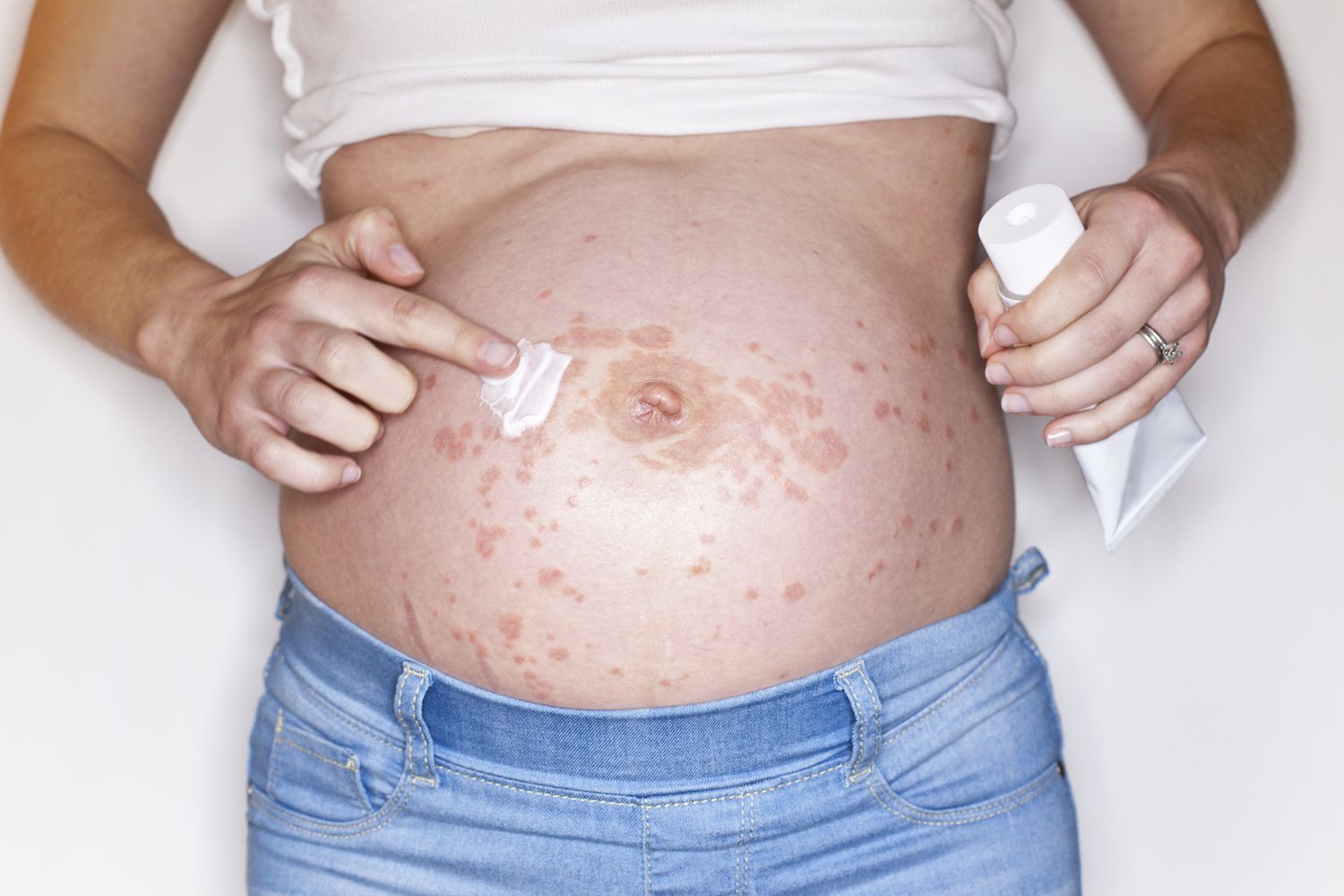Pregnancy is a beautiful journey, but it can also bring about various skin changes, especially during the third trimester. While many women experience the famed “pregnancy glow,” others may face challenges such as stretch marks, melasma, and itching. Understanding these skin issues, their causes, and how to manage them can help expectant mothers feel more comfortable and confident as they approach the big day.
Common Skin Changes During Pregnancy
The third trimester is often characterized by significant hormonal changes that can lead to various skin conditions. Here are some of the most common skin issues you may encounter:
1. Stretch Marks
Stretch marks are perhaps the most well-known skin issue during pregnancy. These marks occur when the skin stretches rapidly due to the growing belly and breasts. They often appear as red, purple, or brown streaks and may fade to a lighter color post-delivery. Although genetics play a significant role in whether a woman will develop stretch marks, maintaining a steady weight gain can help minimize their appearance.
2. Melasma
Also known as the “mask of pregnancy,” melasma presents as dark patches on the face, particularly on the forehead, cheeks, and upper lip. This condition is often triggered by hormonal changes and sun exposure. Using a high-SPF sunscreen can help reduce the risk of melasma worsening, and consulting a dermatologist can provide additional treatment options.
3. Itchy Skin
As the skin stretches, many women experience itchiness, particularly on the abdomen and breasts. This itching can be exacerbated by dry skin. Using gentle, fragrance-free moisturizers and keeping the skin hydrated can alleviate some discomfort. Additionally, drinking plenty of water helps maintain skin elasticity and hydration.
4. Eczema and Other Rashes
Pregnancy can trigger or exacerbate eczema in some women. This condition may lead to red, itchy patches on various body parts. Pregnant women experiencing new or worsening eczema should consult their healthcare provider for appropriate topical treatments that are safe during pregnancy.
5. Skin Tags
Skin tags are small, benign growths that may appear due to hormonal fluctuations and increased skin friction. While generally harmless, many women choose to have them removed after delivery for cosmetic reasons.
6. Varicose and Spider Veins
Increased blood flow and hormonal changes can lead to the development of varicose veins, especially in the legs. To minimize their appearance, pregnant women can wear support hose, avoid prolonged standing, and elevate their legs when resting.
Managing Skin Issues
While some skin changes are unavoidable, there are several strategies to manage and potentially prevent these issues:
1. Maintain a Healthy Diet
A well-balanced diet rich in vitamins, minerals, and healthy fats can promote skin health. Foods high in Omega-3 fatty acids, like salmon, and antioxidants found in fruits and vegetables can help nourish the skin.
2. Stay Hydrated
Drinking adequate water is crucial for skin health. Staying hydrated helps flush out toxins and keeps the skin supple. Aim for at least eight glasses of water a day, and consider incorporating hydrating foods such as cucumbers and watermelon into your diet.
3. Use Gentle Skincare Products
Opt for fragrance-free and hypoallergenic skincare products to minimize irritation. Regularly applying moisturizers can help prevent dryness and reduce itchiness. Look for products that contain natural ingredients like aloe vera and shea butter.
4. Consult a Dermatologist
If skin issues persist or worsen, it’s important to consult a dermatologist experienced in treating pregnant women. They can recommend safe topical treatments or medications to help alleviate symptoms.
Conclusion
While skin issues during the third trimester can be frustrating, understanding their causes and implementing proactive measures can help manage them effectively. Embrace the changes that come with pregnancy, knowing that most skin issues will improve after delivery. Always consult healthcare professionals for tailored advice and treatment options to ensure both the mother’s and baby’s health throughout this beautiful journey.

